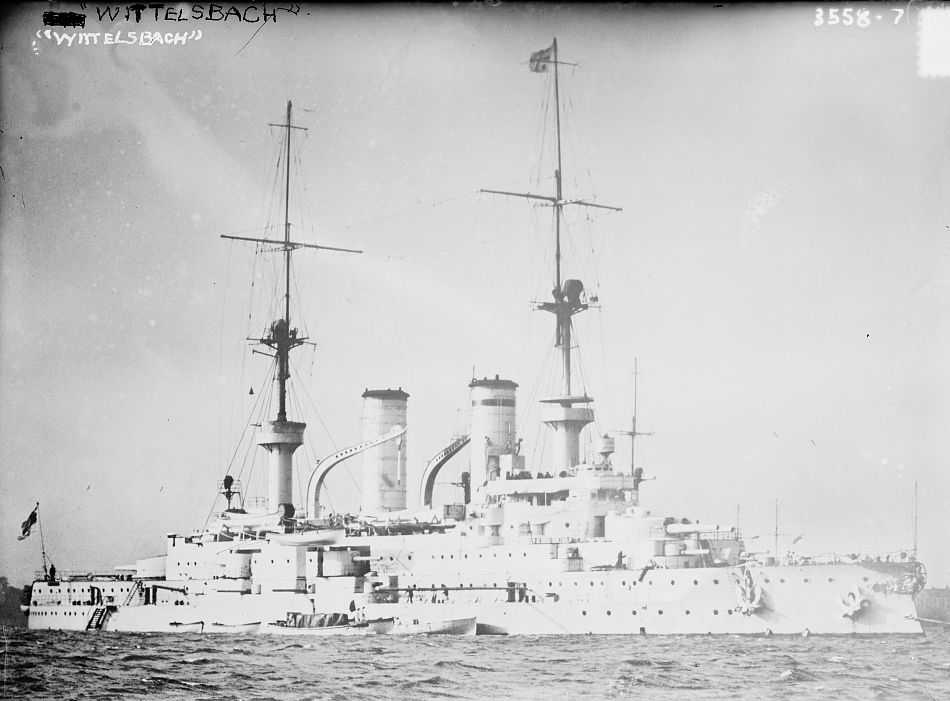| Type |
Separate |
Projectile Types and Weights
(see Note 3) |
AP L/2.6 C/01 - 308.6 lbs. (140 kg)
Common L/2.8 C/01 - 308.6 lbs. (140 kg)
HE L/4,1 nose fuze - 332.9 lbs. (151 kg)
HE L/4,2 base and nose fuze - 327.4 lbs.
(148.5 kg) |
| Bursting Charge |
AP L/2.6 C/01: 7.67 lbs. (3.48 kg)
Common L/2.8 C/01: 6.35 lbs. (2.88
kg)
Others: N/A |
| Projectile Length |
1895 AP - N/A
1914 AP L/2,6 - about 24.4 in (62 cm)
HE L/4,1 base fuze - about 38.6 in (98
cm)
HE L/4,2 base and nose fuze - about 39.8
in (101 cm) |
| Propellant Charge |
1895 - 91.2 lbs. (41.35 kg)
World War II - 103 lbs. (47 kg) RPC/38
(12/6.6) |
| Muzzle Velocity |
1895 - 2,263 fps (690 mps)
World War II - 2,657 fps (810 mps) |
| Working Pressure |
N/A |
| Approximate Barrel Life |
N/A |
| Ammunition stowage per gun |
Kaiser Friedrich III and Prinz Heinrich:
75 rounds
Wittelsbach: 85 rounds
Fürst Bismarck: 78 rounds
Others: N/A |
| Notes:
1) Actual Projectile designations were
as follows:
1895 AP - N/A
1914 AP L/2,6 - Psgr. L/2,6
HE L/4,1 base fuze - Spr.gr.
L/4,1 Bdz
HE L/4,2 base and nose fuze
- Spr.gr. L/4,2 Bdz u. Kz (mhb)
2) Propellant was in a brass cartridge
case weighing 48.8 lbs. (25.15 kg) empty.
3) "Austria-Hungary's Monarch Class Coast
Defense Ships" says the Austrian-Hungarian Monarch class carried armor
piercing and explosive shells weighing 474 lbs. (215 kg) each. This
weight is much heavier than the German projectiles for these weapons, but
it is similar to the weight of shells for French
24 cm guns and Krupp-built 24 cm guns
for the Netherlands Navy. Muzzle velocity for the Monarch class is
not available. |
